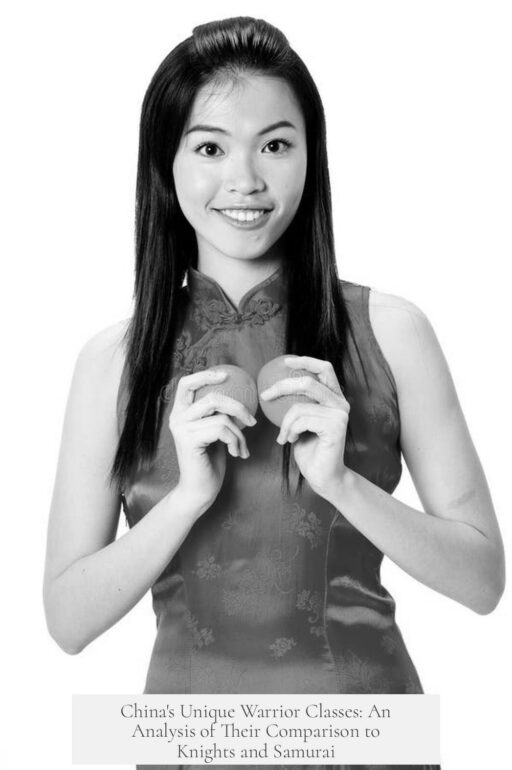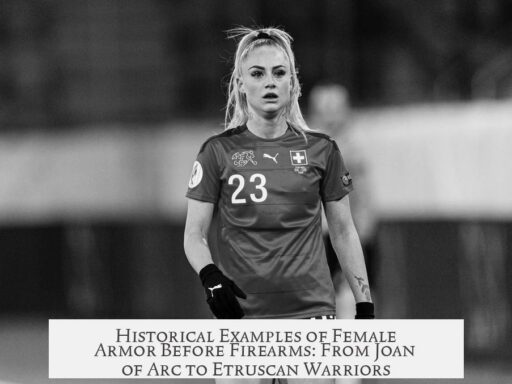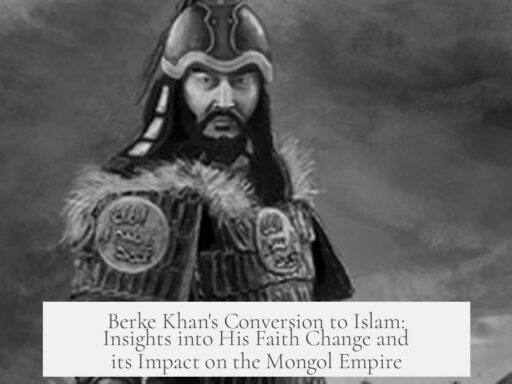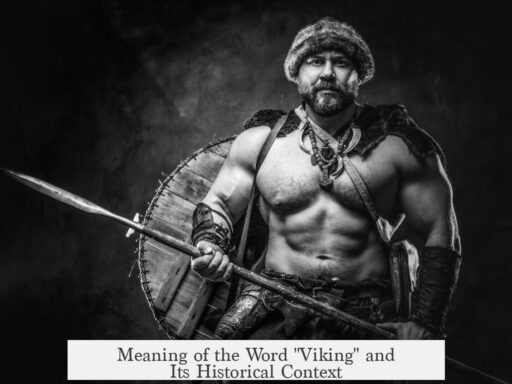China did not have a direct equivalent to the European knight or Japanese samurai in terms of a distinct warrior class with hereditary privileges and a formalized code of conduct. Instead, its military systems evolved through different social structures and centralized or localized patterns over centuries, reflecting unique political and cultural contexts.
In early Chinese history, during the Bronze Age and into the early feudal era, there existed a warrior class known as the Shi. This group resembled knights and samurai in some ways. The Shi were minor nobles who served as armed retainers to kings or lords. They combined military service with a code of conduct akin to chivalry and acted as the army’s core combat force. However, they were not strictly professional soldiers but part of the social elite with both martial and cultural roles.
This arrangement shifted dramatically during the Warring States period (475–221 BCE). Social upheaval and intensified warfare led to large scale reforms. The Shi were replaced by professional, trained soldiers and mercenaries. This transition distanced military power from hereditary nobles and emphasized skill and state loyalty. The Shi then transformed into scholarly gentry focused on culture and administration instead of warfare.
The Qin and Han dynasties (221 BCE – 220 CE) introduced more centralized and institutionalized military systems. Modeled somewhat after the Roman legions, these dynasties built state-controlled armies with careers based on merit and imperial service, not noble birth. Armies reported directly to the emperor rather than local lords. The absence of a hereditary warrior caste like knights or samurai is clear.
When the centralized empire fragmented, especially after the Han collapse, hereditary military systems emerged. The Buqu system required families to supply a certain number of soldiers, often inherited duty within military households. Alongside this, the Shibing system drafted men for lifetime service, with sons replacing fathers. However, these systems were more about manpower requirements than creating a warrior aristocracy with prestige and independent power.
Following the Three Kingdoms period (220–280 CE), the Fubing militia system arose, assigning military obligations regionally. Families received land in exchange for periodic service. During the Tang dynasty (618–907 CE), these militias became more centrally regulated, with professional soldiers led by bureaucratically selected officers rather than hereditary warlords. Military leadership often came from scholar-official classes rather than a warrior caste.
Periods of weak central authority, such as during the Five Dynasties or the later fragmentation of the Song and Yuan dynasties, saw the rise of local military families holding hereditary power. These families bore some resemblance to knights, acting as minor nobles with military duties tied to land and loyalty to regional lords. However, many such groups were simply conscripted troops or mercenaries without distinct social status.
This pattern of oscillation between centralized armies and localized hereditary military power recurred throughout Chinese history. When emperors were strong, centralized professional armies prevailed. During instability, fragmented, hereditary military elites emerged. Unlike samurai or knights, Chinese hereditary warriors typically lacked an institutionalized, formal code akin to bushido or chivalry.
Importantly, Chinese society emphasized Confucian ideals that valued civil governance and social harmony. Warfare was often seen as a regrettable necessity rather than an honorable profession in itself. For example, even in militarily active eras like the Tang, leadership occasionally depended on foreign generals due to shortages of qualified local officers—a contrast to the self-contained warrior cultures of Japan or medieval Europe.
To summarize the differences:
- The Shi resembled early warrior nobility but evolved into scholarly gentry without a lasting military caste.
- Centralized armies under Qin, Han, and Tang prioritized professional soldiers loyal to the state, not hereditary warrior nobles.
- Hereditary military systems emerged mostly during times of fragmentation, but lacked codified conduct and broad social prestige.
- Chinese culture prioritized civil authority and Confucian values, limiting the rise of a permanent warrior aristocracy like knights or samurai.
In essence, China’s military structure differs fundamentally from Europe’s knightly orders and Japan’s samurai. While elements of hereditary warrior service existed, Chinese models emphasized centralized control, bureaucratic leadership, and cultural ideals over hereditary martial privilege.
Key Takeaways:
- Early “Shi” class shared some traits with knights or samurai but evolved away from warrior status.
- Qin and Han dynasties established centralized armies without hereditary warrior elites.
- Hereditary military service systems existed but focused on manpower, not social status or honor codes.
- The cyclical pattern of centralization and fragmentation shaped military structures across Chinese history.
- Confucian cultural priorities limited the development of a warrior aristocracy like knights or samurai.
Did China Have a Warrior Equivalent to Knights or Samurai? The Real Story of Chinese Warriors
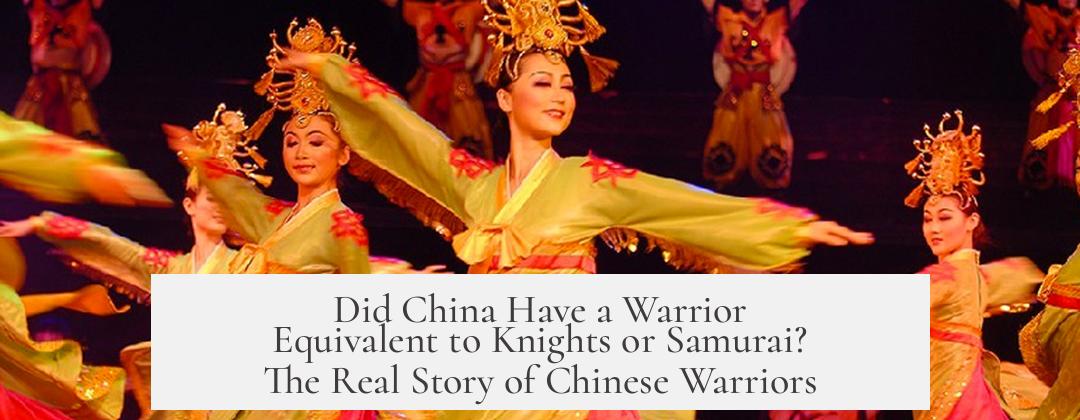
Short answer: Not exactly. China’s military classes didn’t quite match knights or samurai. But they had their own versions of warrior groups with similar social roles and duties. The comparison is tempting but a bit like comparing apples to oranges—both fruit, but very different tastes. So, what were these Chinese warriors like? Let’s break it down.
China’s history spans millennia, with many shifts in power, military structure, and social roles. Unlike Europe’s feudal knights or Japan’s samurai, Chinese military traditions evolved through cycles of centralized power and fragmentation, reflecting broader political changes. The role of warriors wasn’t always to be noble fighters with chivalrous ideals. At times, they were more like professional soldiers or conscripts with hereditary duties.
The First Warrior Class: The Shi
Think way back—Bronze Age China. Enter the Shi. These guys are the closest thing to knights or samurai in early Chinese history. The Shi were low-level nobles, part-time warriors bound by a code, much like the chivalry of knights or bushido of samurai. They had social status, a professed code of conduct, and acted as the army’s core striking force. They rode horses, wielded weapons, and upheld a warrior ethos.
Sound familiar? But, here’s the twist: during the chaotic Warring States period, these Shi got elbowed out by professional soldiers. Their military role shrunk as warfare became more about skillful armies of trained men and less about noble bravado. The Shi pivoted toward scholarship and culture, becoming more gentry than warriors.
Centralized Military During Qin and Han Dynasties
When China unified under the Qin and then the Han dynasties, the military became more like a Roman Legion than a knightly order. Armies were state-controlled, centralized, and professional. Generals answered to the Emperor, not feudal lords. Soldiers were trained and equipped by the state instead of inherited warrior families. So, the idea of a hereditary “knightly” warrior class faded.
From Buqu to Shibing: Hereditary Service, but Not Quite Knighthood
After the Han Dynasty collapsed, China slid into fragmentation. Here, the military structure fractured too. The Buqu system emerged—families with a military tradition had to supply troops continuously. Over time this morphed into the shibing system, where men were drafted for life, and older soldiers’ sons were drafted to replace them.
This looks a bit like hereditary service, but the main goal was manpower, not maintaining a noble warrior class. The soldiers’ training and command remained centralized, indicating less emphasis on personal warrior prestige and more on system efficiency.
The Fubing System: Citizen-Soldiers with Land Quotas
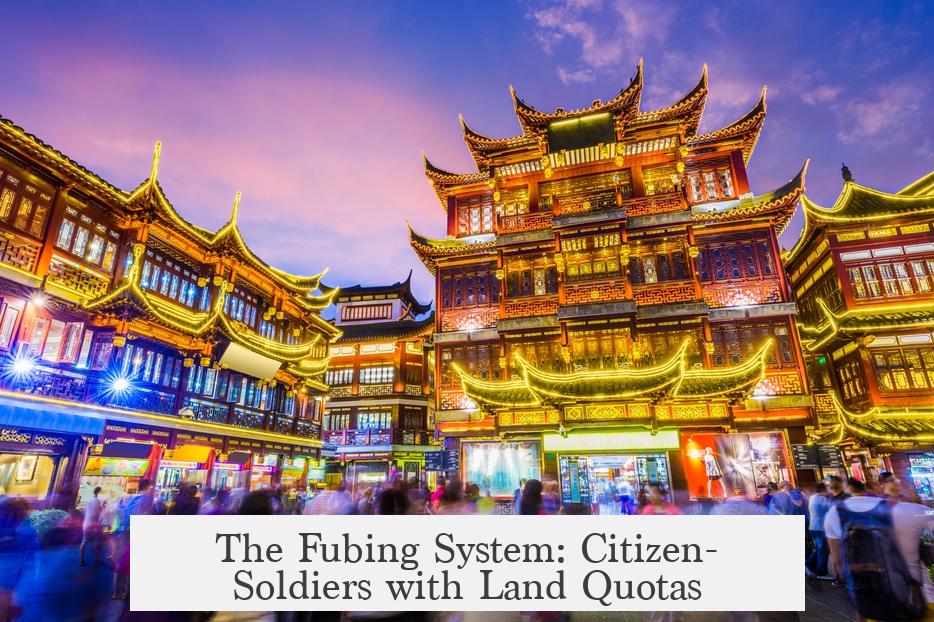
Out of the Three Kingdoms chaos, the Fubing system took root. Colonies received land, settlers had to serve in the militia for fixed periods annually. The Tang Dynasty later centralized this system into a standing army led by scholarly bureaucrats who passed grueling exams—not exactly your chivalrous warrior—but super organized and merit based.
Foreign military leadership was common in Tang times, hinting local warriors weren’t always the top defenders. The Confucian emphasis on order and scholarship kept military status from becoming hereditary nobility like in Europe or Japan.
Periods of Weak Central Authority: Heredity Returns, But With a Twist
When central power collapsed again, localized hereditary military families re-emerged. Some minor nobles served like knights, with power passed down generations. But many were simply families obligated to supply troops for their local warlord. Mercenaries also rose in importance.
This flickering of hereditary military caste was different from a formal knightly order—it was often chaotic and tied to regional power rather than a national code.
The Cyclical Dance of Centralization and Fragmentation
The Chinese military tradition fluctuated between centralized professional armies and decentralized hereditary forces. When centralized, armies resembled veteran professional units. When fragmented, hereditary troops and minor nobles dominated. Sometimes these hereditary soldiers paralleled knights, but often they were just conscripts tied to their clan’s duties.
Confucianism and Militancy: A Different Cultural Emphasis
China’s Confucian society traditionally favored order, scholarship, and stability. Warfare was often seen as a disruption, not a noble pursuit. So even at martial peaks like the Tang Dynasty, military operations emphasized bureaucratic control over warrior prestige. This cultural backdrop partly explains why no enduring knight or samurai class truly formed.
Wrapping It Up: China’s Unique Warrior Traditions
Did China have a warrior equivalent of knights or samurai? No exact equivalents exist. The Shi class early on had knight-like traits but vanished as China’s military evolved toward professional and centralized armies. Hereditary military families appeared when central authority weakened, but their role was often more functional than symbolic. Confucian ideals favored scholar-administrators over warrior aristocrats.
China’s warriors were shaped by its unique history, culture, and political cycles. They weren’t knights in shining armor or stoic samurai, but they were key players in a grand, complex tapestry of military tradition. So next time you hear “Chinese knight” or “China’s samurai,” smile knowingly—they exist, but not quite as you imagined.
Here’s a question for you: In a world where cultures value different virtues, can the warrior always be the hero, or is the scholar a mightier force? The Chinese story certainly makes you think.
Did China have a warrior class similar to knights or samurai?
Yes, in the Bronze Age, the Shi were a noble warrior class with a code of conduct like knights or samurai. However, by the Warring States period, they were replaced by professional soldiers with formal training.
What made Chinese warrior classes different from knights or samurai?
China emphasized centralized armies led by the state or emperor, rather than a hereditary warrior class. Military service was often organized by systems where men were drafted or required to serve, not bound by a strict knightly code or hereditary title.
Were there any hereditary military systems in China like European knighthood?
Yes, systems like Buqu and Shibing required families to provide soldiers, sometimes for life. During times of weak central control, hereditary military families held power, resembling local knights but often focused on manpower rather than personal honor codes.
How did the Fubing system work compared to samurai or knights?
The Fubing system drafted men from colonies to serve periodically in militias in exchange for land. Unlike knights or samurai, these soldiers served temporarily under a centralized command, without a hereditary warrior status or distinct social class.
Did Confucian values affect the development of a warrior class like knights or samurai?
Yes, Confucian society valued order and scholarship over warfare. This limited the rise of a distinct warrior caste. Even military leadership often included foreigners, reflecting a lesser focus on a dedicated noble warrior class.
